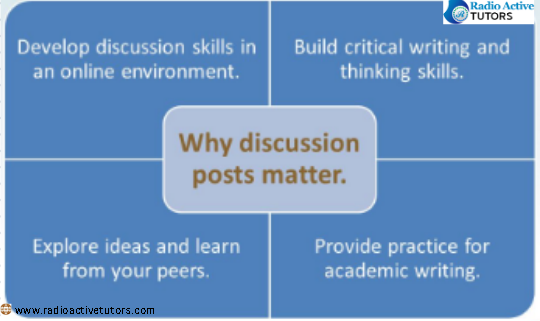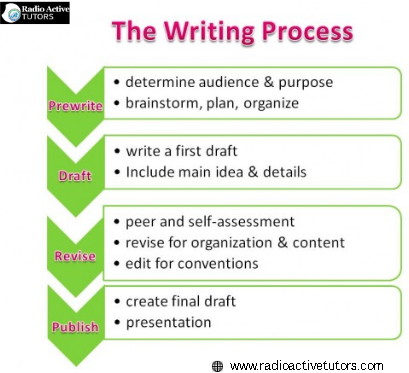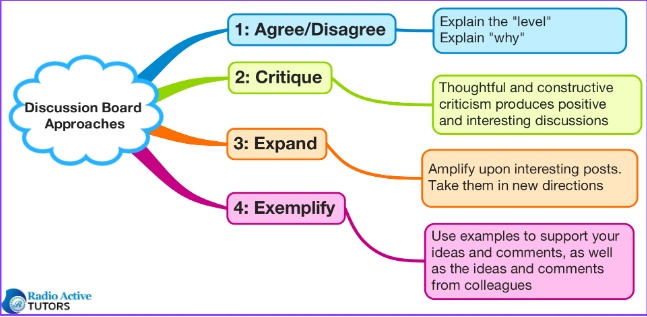Writing an effective discussion post is a skill that's valuable in academic, professional, and online community settings. A discussion post serves as a platform for sharing ideas, engaging in dialogue, and fostering meaningful interactions with others. This comprehensive guide explains how to write a discussion post that not only meets the requirements but also promotes thoughtful conversation and demonstrates your expertise on the topic.
The Essence of a Discussion Post
At its core, a discussion post is a written communication that contributes to an ongoing conversation. It involves sharing your thoughts, opinions, or insights on a particular topic and engaging with others who are doing the same. Whether you're participating in an online course, a professional forum, or a social media group, the principles for writing a compelling discussion post remain consistent.
Principles for writing a compelling discussion post

1. Understand the Prompt
Before you start crafting your post, read and understand the discussion prompt or question provided. Pay attention to any specific guidelines, word limits, or formatting requirements. This initial step is crucial as it sets the direction for your post.
2. Research and Gather Information
Depending on the topic, you may need to conduct research to gather relevant information or data to support your post. Consult credible sources, articles, books, or any assigned readings to strengthen your arguments and provide evidence for your points.
3. Organize Your Thoughts
Structure is essential in writing a discussion post. Begin by outlining your ideas. Identify key points you want to make and consider the order in which you'll present them. A clear structure makes your post more readable and coherent.
4. Start with a Strong Introduction
Your introduction should grab the reader's attention and provide context for your discussion post. Begin with a hook—a compelling quote, a thought-provoking question, or a relevant anecdote. Then, succinctly introduce the topic and state your main point or thesis.
5. Develop Your Main Ideas
In the body of your discussion post, delve into your main ideas or arguments. Each paragraph should focus on one key point, and here's how to approach it:

Topic Sentence: Start each paragraph with a clear topic sentence that introduces the main idea.
Support Evidence: Provide evidence to support your claims. This could include data, statistics, expert opinions, or examples.
Explain and Analyze: Don't just state facts; explain their significance and relevance to your argument. Analyze how the evidence supports your point.
Connect to the Prompt: Always tie your discussion back to the original question or prompt. Explain how your point relates to the topic at hand.
Counterarguments: Anticipate potential counterarguments and address them. This demonstrates critical thinking and strengthens your position.
6. Engage with Others
Discussion posts are inherently social. Engage with your peers by referencing their ideas, asking questions, or offering constructive feedback. This interaction fosters a more dynamic and enriching conversation.
7. Maintain Clarity and Conciseness
Keep your sentences clear and concise. Avoid jargon or overly complex language that may confuse readers. Use paragraphs to break up long sections of text for easier readability.
8. Cite Your Sources
If you're drawing on external sources, cite them properly using the appropriate citation style (e.g., APA, MLA, Chicago). Accurate citations not only demonstrate your credibility but also allow readers to explore your sources.
9. Conclude Effectively
In your conclusion, summarize your main points and restate your thesis. End with a closing thought, a call to action, or an open-ended question to encourage further discussion among your peers.
10. Proofread and Edit
Before hitting the "post" button, proofread your discussion post for grammatical errors, spelling mistakes, and clarity. Editing is crucial to ensure your message is conveyed effectively.
11. Respectful and Professional Tone
Maintain a respectful and professional tone throughout your post. Avoid using offensive or inflammatory language. Constructive criticism is encouraged, but it should always be delivered with courtesy.
12. Follow Forum Guidelines
If you're posting on a forum or platform with specific rules or guidelines, be sure to adhere to them. This includes respecting word limits, using proper formatting, and staying on-topic.
13. Review and Revise
After posting, periodically review your discussion post to see if others have commented or responded. Engage in further dialogue, clarify your points, and be open to constructive feedback.
14. Participate Actively
Discussion posts are not one-and-done tasks. Active participation involves not only writing your initial post but also engaging with others' posts, responding to comments, and contributing to the ongoing conversation.

In conclusion, writing an effective discussion post is a skill that combines careful preparation, clear communication, and active engagement. Whether you're in an academic setting, a professional forum, or a social media group, these principles can help you create discussion posts that contribute meaningfully to the conversation and showcase your knowledge and critical thinking abilities. Remember, the goal is not just to post but to engage, learn, and collaborate with others in a productive and respectful manner.
